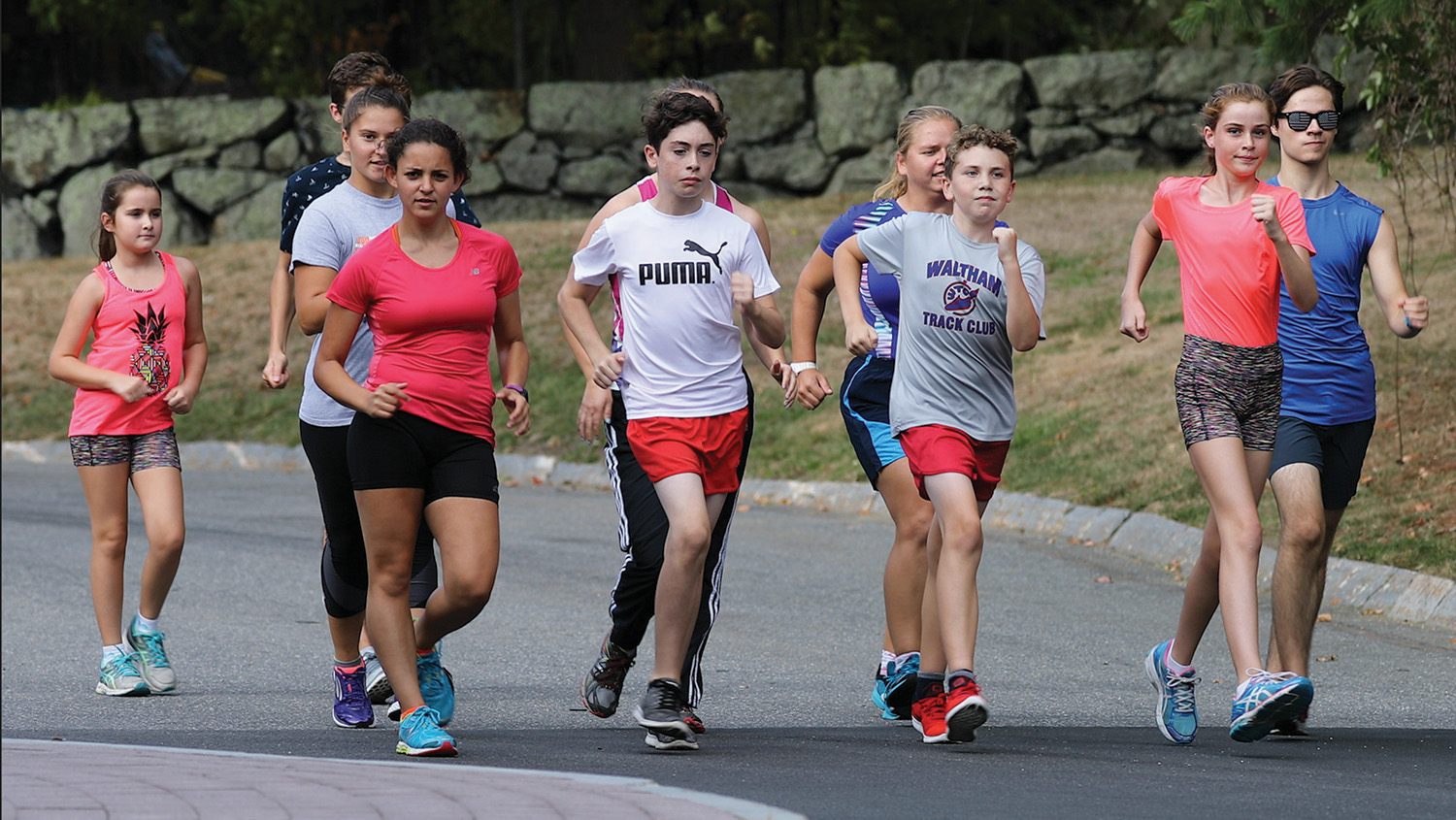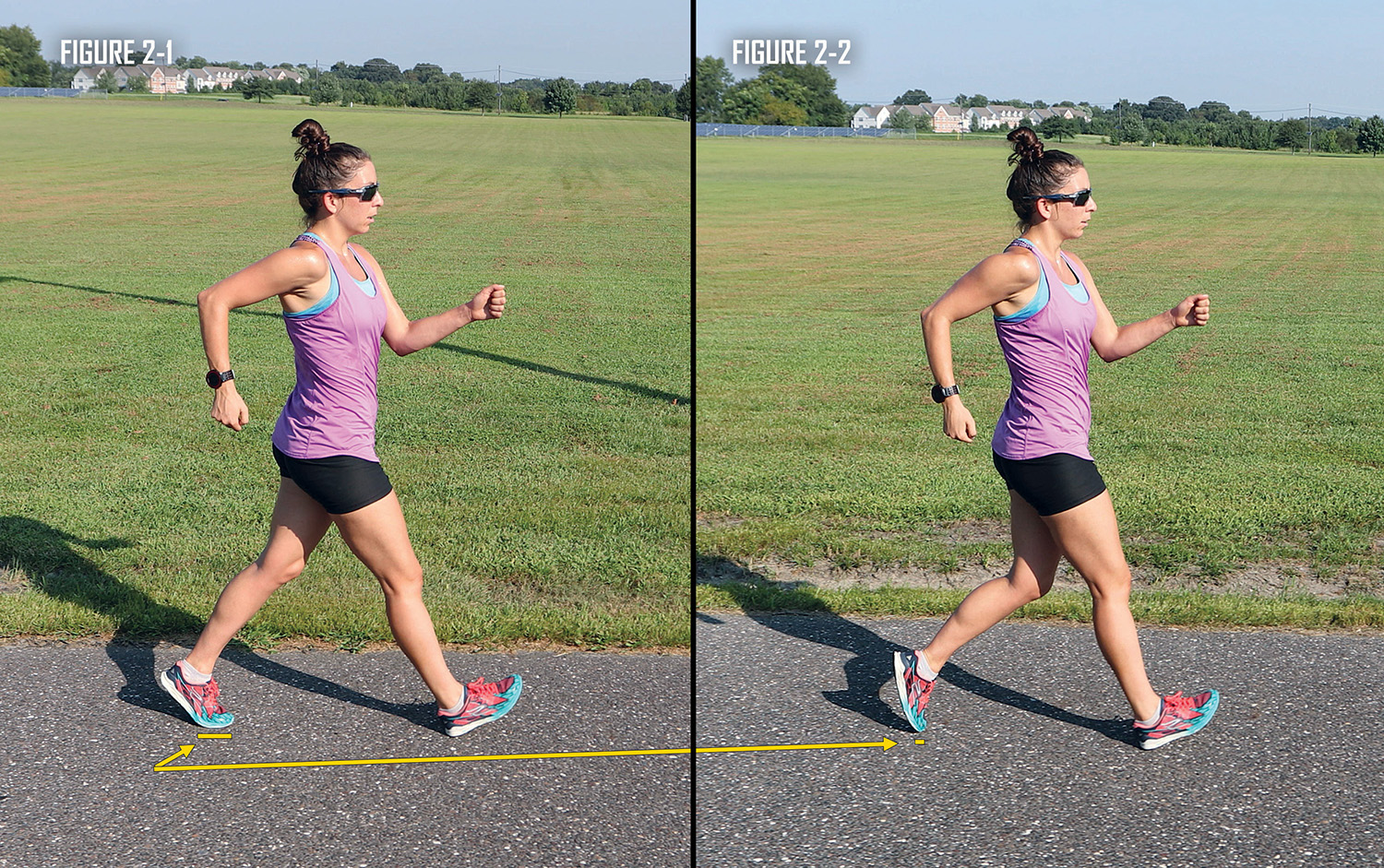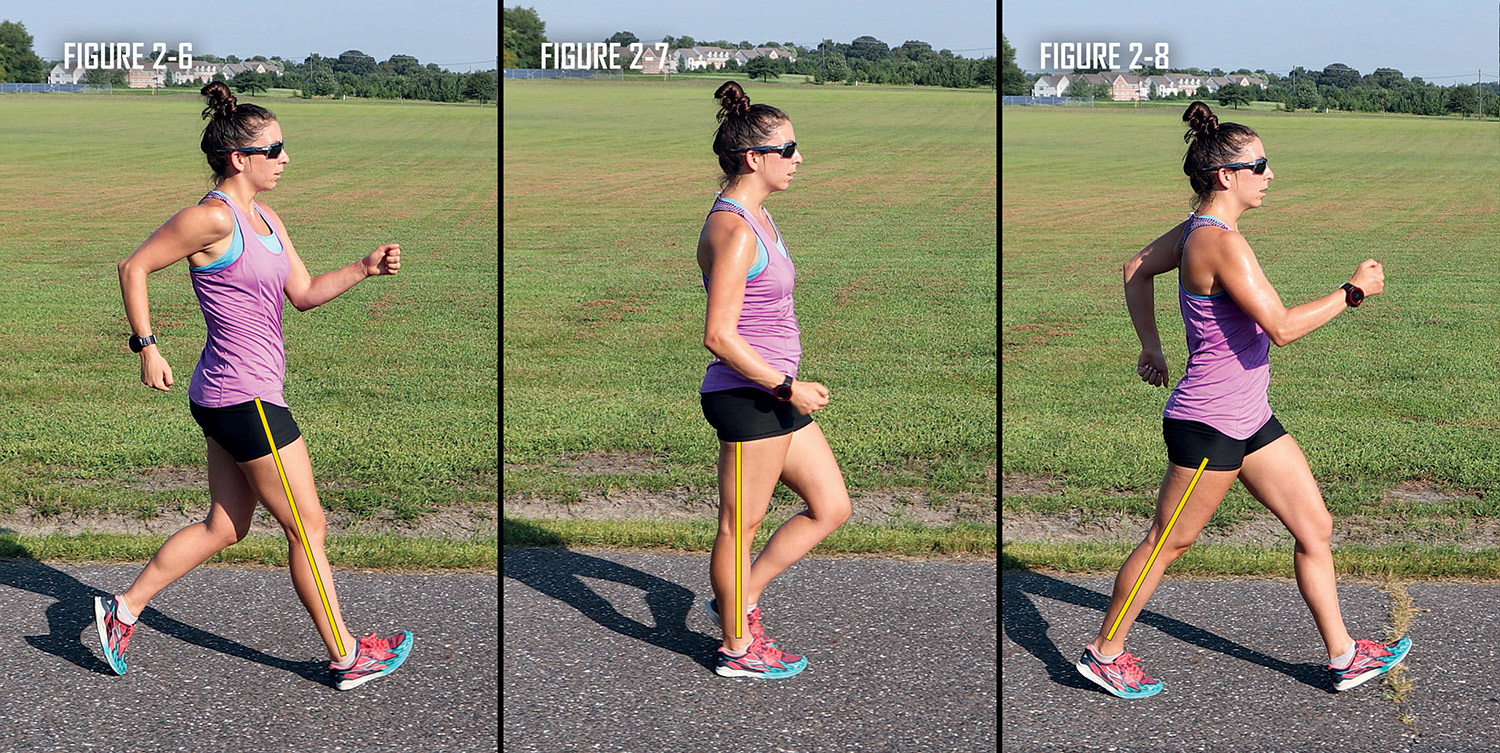
Learning race walking is great whether you are a young walker learning to participate, a masters athlete looking to compete in your age group, an inspiring Olympian, or a recreational walker of any age that wants to amplify your walking workout in a safe and efficient manner.
Understanding race walking starts with comprehending the definition agreed upon by both the U.S. and international track and field communities. It is:
- Race walking is a progression of steps so taken that the walker makes contact with the ground so that no visible (to the human eye) loss of contact occurs.
- The advancing leg must be straightened (i.e., not bent at the knee) from the moment of first contact with the ground until in the vertical upright position.
Whether you wish to compete or just walk for fitness, following the official definition of race walking is the best form of athletic walking. Following the definition leads to a smooth and efficient stride, with lower incidences of injuries, and a lot of time saved while working out.


Whether you wish to compete or just walk for fitness, following the official definition of race walking is the best form of athletic walking. Following the definition leads to a smooth and efficient stride, with lower incidences of injuries, and a lot of time saved while working out.
While the definition of race walking may seem straightforward, it is open to a lot of interpretation. Let’s start by looking at the first part of the definition. In concept it is simple. If you always have one foot on the ground, you are legal. Beginning race walkers usually always have a foot on the ground.
Some walkers, especially those who are less fit or overweight, have a prolonged portion of the stride where both feet are on the ground simultaneously (Figure 2-1). This makes it easy for a judge to observe there is no loss of contact. Notice how the rear foot hasn’t rolled up onto the big toe yet. While this doesn’t violate the definition of race walking, it is less efficient and can increase your chance of injuries. In contrast, the walker on the right has a momentary double-support phase (Figure 2-2). This is often considered “classic” race walking form.

While the definition allows for a slight flight phase, there are many interpretations as to how far off the ground a race walker can be while still not having a visible, to the human eye, loss of contact.
Observe two images of Olympian Miranda Melville taken in practice and one from an international competition side by side. Each has a flight phase.

The leftmost walker (Figure 2-3) is barely off the ground and we consider that she is walking with perfectly legal form.
The middle walker (Figure 2-4) has a slightly larger flight phase, but not enough to be discerned by the human eye.
In our opinion the walker on the right (Figure 2-5) is flagrantly off the ground, by enough to be visible to the human eye. Therefore, the rightmost walker is in violation of the definition of race walking and was disqualified from the race.
The second part of the definition requires the leg to be fully extended from the moment the foot first makes contact with the ground (Figure 2-6), until the supporting leg is in the vertical upright position (Figure 2-7). The idea is simple, however, in practice it takes a degree of dexterity, muscle strength and flexibility.
While the rules only state you must have your leg straightened until vertical, there are advantages to maintaining a straightened leg longer (Figure 2-8).

Next Lesson: Build a Race Walker